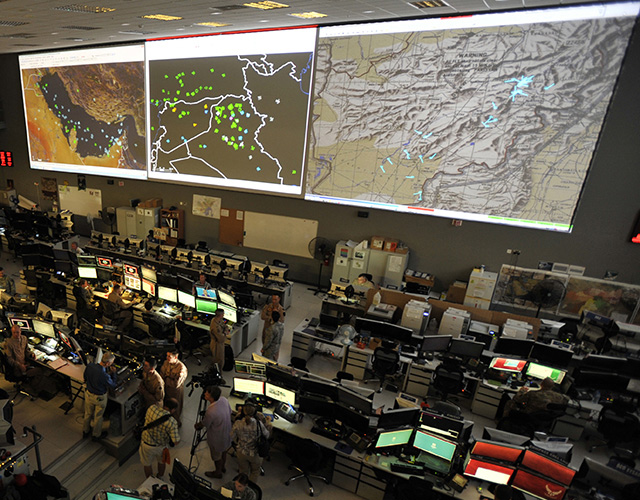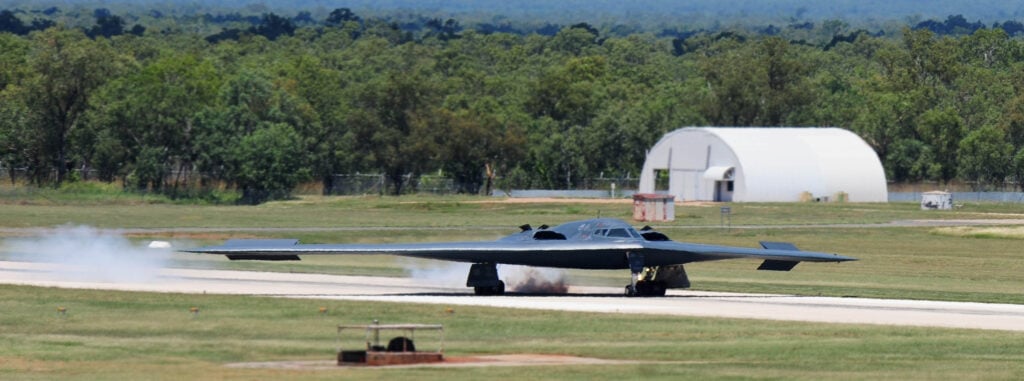Parag Khanna
Even as the COVID-19 pandemic continues to ravage parts of the world, the blame game is already well underway to pinpoint why it wasn’t better contained. Throughout 2020 and up to the present day, hardly a single aspect of the pandemic response—whether mask wearing, lockdowns, vaccine production, or school openings—has been free from politicization. Among the public and experts, debates have swirled around who made the most accurate guesses about the number of COVID-19 casualties or its impact on the stock market.
Meanwhile, scientists at the National Institutes of Health and National Institute of Allergy and Infectious Diseases (NIAID) were mapping viral proteins, Operation Warp Speed was disbursing funds to biotech companies to ramp up vaccine development, and a wide global public-private coalition was launching COVAX to ensure vaccine distribution to poorer nations. Other than NIAID director Anthony Fauci, few of those involved would be recognized by any member of the public or chattering class. But if and when COVID-19 is finally eradicated, we’ll have these technocrats to thank.
What differentiates all three Asian states—and others with ultra-low COVID-19 death rates—is they are highly technocratic.
















